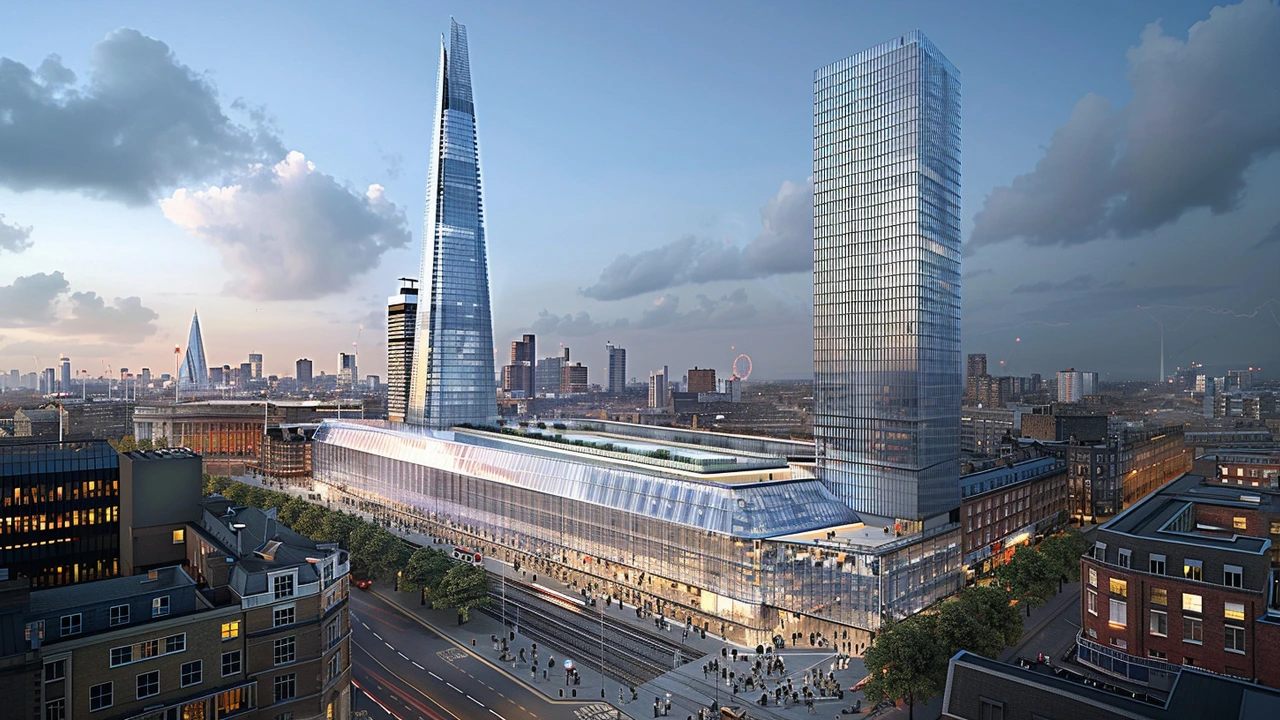What Neo‑Futurism really means for today’s tech: clear principles, practical steps, examples, checklists, and FAQs to help teams design products that feel truly future-ready.
Design: Modern Trends and Neo-Futurism
Design isn't just how something looks — it's how it works in a place you live, work, and move. On this page you'll find clear, practical takes on modern design trends with a focus on Neo-Futurism, the movement reshaping cityscapes and interiors with forward-thinking forms and new materials. Read short guides, explore project examples, and pick ideas you can use.
Neo-Futurism stands out because it mixes bold geometry, fluid lines, and technology. Think curved steel, glass surfaces that change opacity, and structures that seem to stretch forward. Architects and designers use computational modeling and new composites to make shapes that once felt impossible. You will see slim profiles, integrated lighting, and elements that react to weather or people.
Why it matters: Neo-Futurism often solves real problems while looking striking. A façade that adapts to sun reduces energy use. A smart lobby improves wayfinding. These are design choices that make buildings more livable and more efficient, not just prettier. If you care about sustainable, usable spaces, Neo-Futurism is worth watching.
How to use these ideas at home or in small projects: start with one element. Add a curved wall or a floating shelf system. Choose materials that read modern — matte metals, engineered stone, or high-performance glass. Favor clean junctions where surfaces meet; avoid cluttered trim. Use lighting as a design tool: hidden LED strips highlight curves and create the futurist feel without being flashy.
Practical tips for choosing materials and finishes: pick durable surfaces for high-traffic spots. For exteriors, look at metal rainscreens or composite panels that resist fading. Indoors, pick easy-care engineered wood or stone for floors. Test samples in your space before committing; light and scale change perception a lot.
How to evaluate a modern design project: check performance goals, not just photos. Ask how the design handles daylight, ventilation, and maintenance. If a project claims innovation, look for clear explanations of materials and systems. Good architects explain trade-offs: why a form helps structure or reduces energy use.
Why Neo-Futurism Matters
Neo-Futurism pushes performance and form together. Public projects show how shape, daylight, and tech cut energy use and improve comfort. Designers also use smart systems—sensors, adaptive shades, and modular components—that keep maintenance simple. Look for clear results, like lower bills or better airflow, not just flashy looks.
Simple Steps to Try It
Start small: swap lighting, add a sculptural shelf, or pick one wall with a dramatic finish. Work with a designer to test a detail in scale models or VR. Trials reveal how a shape or material behaves, so you can scale ideas without wasting time or money.
Want inspiration? Study recent public buildings and transit hubs that use Neo-Futurist ideas — they show how scale, movement, and flow come together. Smaller examples include boutique stores that use dynamic lighting or cafes with sculptural counters and integrated seating.
Final note: use modern design elements deliberately. A single thoughtful detail can give a space a fresh identity without overhauling everything. Follow the projects here to spot trends early, and try one small change in your next remodel.
Neo-Futurism, characterized by sleek lines, forward-thinking structures, and innovative use of materials, is reshaping the landscape of modern design. This article delves into its principles, the visionaries leading this movement, and the impact on urban living spaces. Learn how Neo-Futurism is pushing design boundaries and offering fresh perspectives.


